TL;DR:
-
EigenLayer introduced restaking to let new blockchain services/networks borrow Ethereum’s economic security (validator set + capital) instead of building their own - solving the “cold start” problem for crypto infrastructure.
-
Since then, it has expanded to support staking with other assets, not just ETH, making it more flexible and accessible to more participants.
-
But as more services launched, it became clear that developers were still rebuilding the same basic components again and again. EigenLayer solved a big part of the problem, but building still wasn’t as fast or smooth as cloud environments.
-
EigenCloud is EigenLayer’s answer to that: a unified framework that helps developers build verifiable, slashable applications faster - with tools, building blocks, and shared infrastructure all in one stack.
As someone who’s been following EigenLayer since day one (not even joking - I was actually early on this one), the EigenCloud announcement feels like a major enhancement and one that deserves its own blog post.
The vision with EigenLayer started out simple: make it easier to create new blockchain services/networks. Today, there are over 30+ AVS’s live on mainnet, with more than 100 operators - ranging from home-stakers to larger organizations.
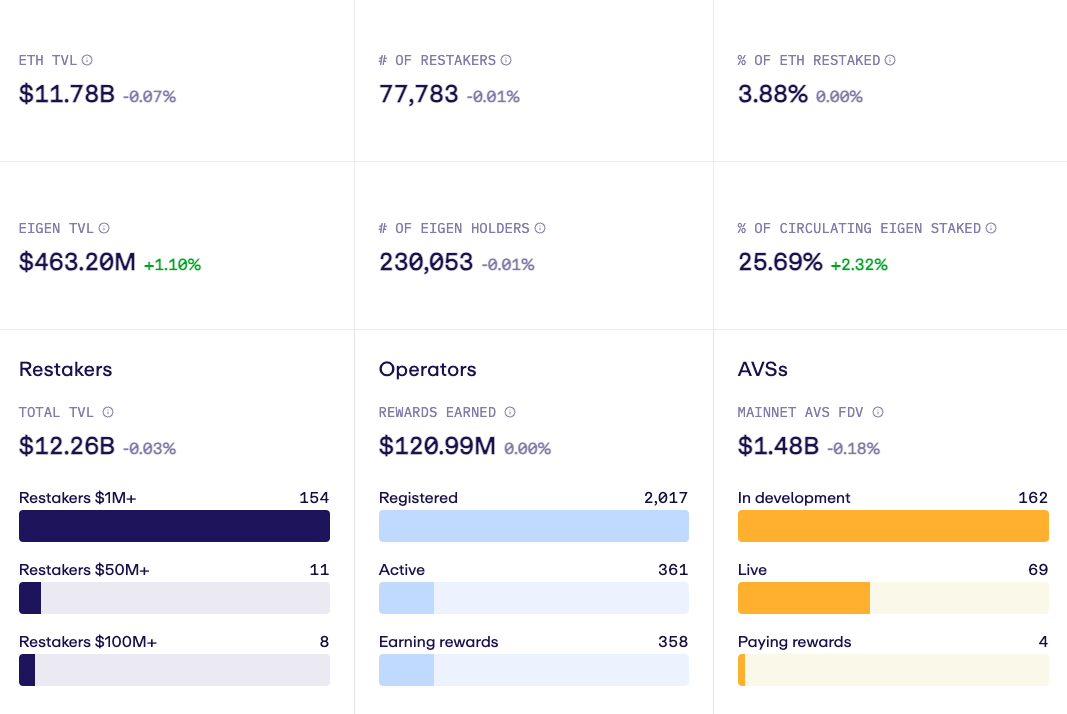
Safe to say, this new restaking primitive has gone a long way toward solving the “cold start” problem for blockchain infrastructure.
But this isn’t enough to get to cloud-level scalability. It’s still hard to build modern apps that take advantage of crypto’s built-in trust and verifiability. EigenCloud is an attempt to change this. At its core, EigenCloud is EigenLayer’s vision for building the “AWS of verifiable crypto apps.”
In this post, I want to break down:
-
How we got here - the challenge with building new crypto infrastructure
-
What EigenCloud actually is & what "verifiable apps" mean
-
How all the pieces fit together
Let’s dive in.
The Infrastructure Innovation Problem
Let’s take a quick look back to see how the blockchain ecosystem evolved to where we are today.
In 2008, Bitcoin emerged as an application-specific blockchain with a limited scope, focusing only on peer-to-peer payments. It was specifically designed for a single purpose - to serve as a decentralized digital currency for the internet.
Then came Ethereum. Ethereum introduced a general-purpose smart contract platform, letting people to write code on the blockchain. This meant developers could build all kinds of applications, like games, financial tools, and digital collectibles - not just send money.
So while Bitcoin was built just for sending money, Ethereum made it possible to build all kinds of apps on the blockchain.
However, Ethereum has its limitations when it comes to innovating beyond the application layer. While it's great for building smart contracts, it doesn’t offer the same level of programmability for deeper infrastructure components such as consensus mechanisms, data availability, or oracle systems.
To build those kinds of services, developers often have two options: (1) launch their own blockchain or (2) go through Ethereum’s slow and complex protocol upgrade process. Both of thses take serious time, money, and effort: you need to attract validators, design a new token, secure enough capital to keep the network safe, and not the mention the legal/regulatory overhead.
Understanding Staking and Economic Security
Before we dive into solutions, let’s quickly cover a few key ideas to set the stage. If you’re already familiar with Ethereum’s staking model, feel free to skip ahead - if not, here’s what you need to know:
What is staking & why does matters
In Ethereum, Validators are the backbone of the network. They verify transactions, propose new blocks, and help keep the blockchain trustworthy and secure. To become a Validator, a user must lock up (or “stake”) 32 ETH as collateral - this process is called staking. The stake acts as a financial incentive: if a validator acts dishonestly (i.e.: by trying to confirm invalid transactions), they can be punished through a mechanism called slashing, which penalizes part (or all) of their staked ETH. On the other hand, honest validators are rewarded with ETH for the service they provide.

This entire system - where validators secure the network by staking tokens and face penalties for dishonest behavior - is what’s known as a proof-of-stake (PoS) blockchain.
What we mean by “economic security”
This system works because it aligns incentives: Validators are motivated to behave honestly to protect their stake, ensuring the overall integrity of the network. The more ETH that is staked, the more economically secure the network becomes. This is what we refer to as economic security.
Why bootstrapping infrastructure is still so hard
Now here’s the problem: building core blockchain services - like oracles, bridges, or data availability layers - often requires teams to launch their own networks from scratch. Because Ethereum doesn’t support these kinds of infrastructure-level features natively, developers have to take on everything themselves (such as launching a new token, attracting validators, and securing enough capital through staking). It’s the same infrastructure innovation problem we touched on earlier.
This is a lot of work, especially for early-stage projects. And without enough capital staked, the service may not be considered secure or trustworthy.
EigenLayer: Shared Security as a Solution
To address the infrastructure bottleneck, EigenLayer introduced a new approach: restaking.
Simply put, restaking allows validators to reuse their already-staked ETH to secure additional services beyond Ethereum itself. In other words, the same validators - which are running the service can run the additional protocols. And the same ETH securing Ethereum can now also secure new networks/services.
Here's how it works:
-
EigenLayer enables Ethereum validators (called operators in the EigenLayer ecosystem) to opt-in and extend their responsibilities beyond Ethereum itself. (I’ll be calling these actors as operators as well.)
-
These operators can choose to provide services to other networks, referred to as Autonomous Verifable Services (AVSs).
- An AVS comprises a set of offchain container(s) + onchain smart contract(s). These are not necessarily consumer applications, but instead services that the consumer apps may require.
-
If an operator misbehaves in any of these external services, their staked ETH on Ethereum can still be slashed.
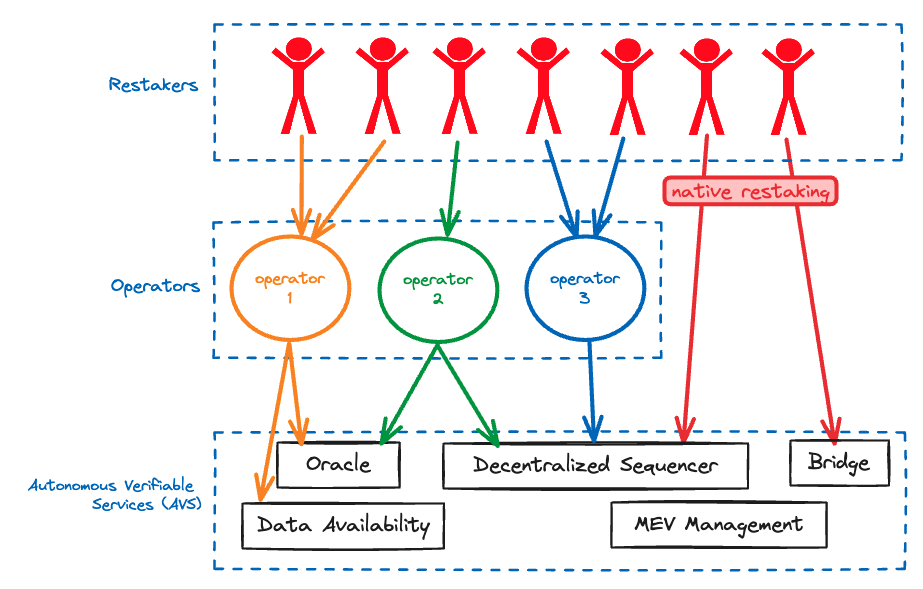
This model fundamentally changes how new protocols are built: instead of building and bootstrapping a validator set from scratch, new services can plug into Ethereum’s existing economic security. EigenLayer turns Ethereum’s trust layer into a shared resource, creating a kind of marketplace for security that other protocols can use.
🌟 While EigenLayer started with ETH restaking, the model has since evolved to support staking other assets as well - meaning users can now stake a broader range of tokens (not just ETH) to help secure services.
New protocols like Symbiotic have emerged that are also exploring this space, using similar ideas but different technical approaches. But the core innovation remains the same: turning staked capital into reusable security for a broader ecosystem.
From Protocol to Platform: Enter EigenCloud
After introducing the core restaking protocol, EigenLayer built their own EigenDA to show how this works in practice. It proved that restaking (or the broader ‘staking‘ ) could secure real infrastructure with real throughput.
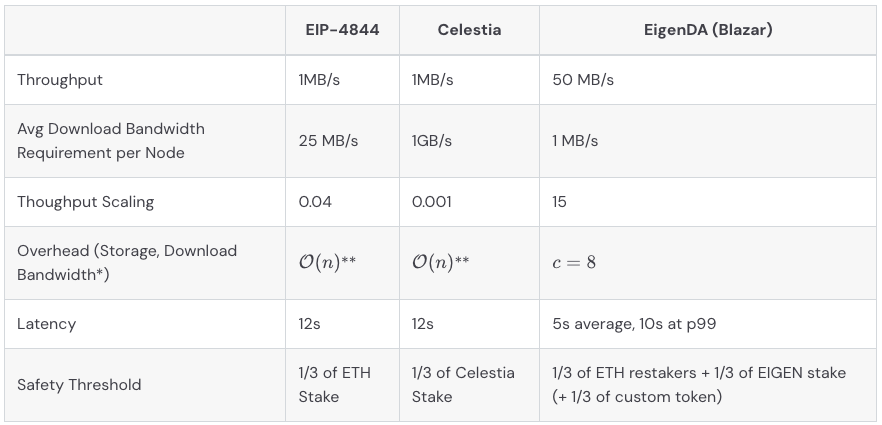
Since then, things have expanded rapidly. EigenLayer has been exploring everything from AI integrations to expanding the design space for decentralized infrastructure. (Crazy that I wrote this blog post with an overview of the AVSs less than a year ago and today there are at min x5 more AVSs.)
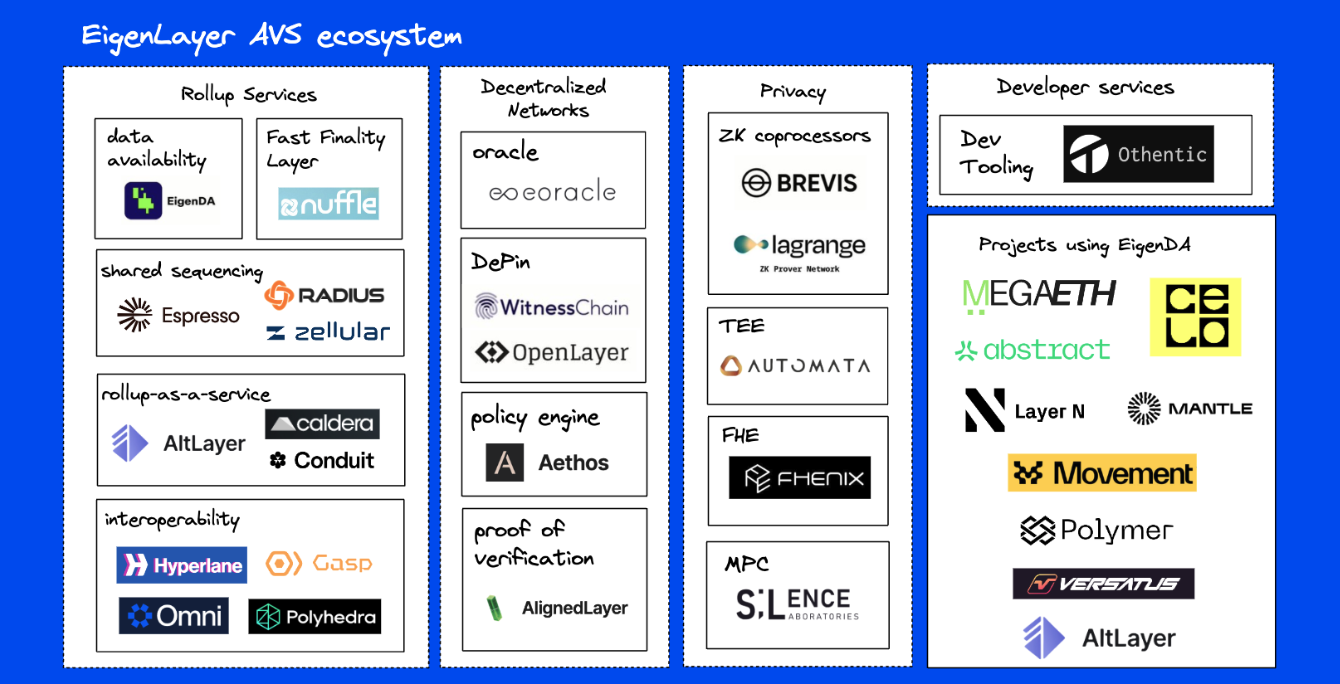
With all these different parts building on EigenLayer has become powerful, but also gotten pretty complex. Even as someone who follows the space closely, I found myself struggling to understand how all these different pieces fit together - the restaking/staking protocol, the data availability service, and various other projects they were building seemed disconnected.
This is where EigenCloud comes in.
Breaking down EigenCloud
EigenCloud is an attempt to unify all these different pieces into a single, developer-friendly framework. The goal is simple: make it easy to build verifiable, onchain applications by providing the infrastructure and tools in a single stack.
Think of it as an abstraction layer that makes building on EigenLayer feel like building in the cloud - with the added power of crypto-native verifiability.

So, what does that actually look like in practice? To make it more concrete, let’s cover the 4 core pillars that form the foundation of EigenCloud.
The 4 Pillars of EigenCloud
1. Developer Platform: The Tools You Actually Want
This directly tackles the "rebuilding everything from scratch" problem. Instead of every AVS needing to figure out operator management, slashing logic, and reward distribution, EigenCloud provides tool such as:
-
DevKit CLI: Command-line tools for creating, testing, and deploying AVSs
-
SDKs: Pre-built libraries
-
Templates & Plugins: Starting points for common use cases
-
Monitoring & Observability: Built-in logging and analytics
2. Trusted Primitives: The Building Blocks
These are ready-to-use services that any application can plug into:
-
EigenDA: Data availability layer (already live, scaling to hundreds of mb/s)
-
EigenCompute: Verifiable off-chain computation (coming soon)
-
EigenVerify: Fraud proofs and dispute resolution (coming soon)
Think of these as the S3 or EC2 equivalent in AWS for crypto - core services that apps can use out of the box.
3. EIGEN Token: The Economic Security Engine
The EIGEN token powers the entire system, encouraging honest behavior from participants and providing a forking mechanism in case of disputes.
4. Commitment Infrastructure
This one feels more abstract from their description, but from my understanding, this refers to access to the operators and stakers, and so the EigenLayer protoocl. Instead of every AVS needing to find and setup their own validators, this layer lets you tap into EigenLayer's existing network of operators.
Ok, but what exactly is EigenCloud?
Simply put, EigenCloud is a unified framework that gives developers:
-
The ability to create verifiable applications that use crypto incentives and slashing-based trust
-
A network of AVSs to build on or integrate with
-
Access to operators and developer friendly tools to run infrastructure
Cloud Programmability 🤝 Crypto Verifiability
So is this just AWS for crypto? Well, not quite.
The big innovation isn't just "cloud-level programmability" - it's cloud-level programmability with crypto-grade verifiability. In traditional cloud platforms, you trust the provider. In EigenCloud, you can prove outcomes cryptographically. No need to trust a centralized provider - actions are verifiable by design.
Why Verifiability Matters Now
You might be thinking: "Do we really need every app to be verifiable? Isn't this overkill?"
Here's why it matters: especially now that we're entering an era where AI agents will increasingly hold and move capital on our behalf. If you're giving money to any kind of agent or system, you want guarantees that it will do exactly what it was programmed to do.
Most failures in blockchain systems happen when you have to trust a person or a company. EigenCloud's main innovation is reducing the need for that kind of trust, bringing more control and reliability to how apps and infrastructure are built.
This unlocks an entirely new design space:
-
AI agents with built-in slashing conditions
-
Off-chain compute with on-chain trust guarantees
-
Infrastructure that can prove its behavior cryptographically
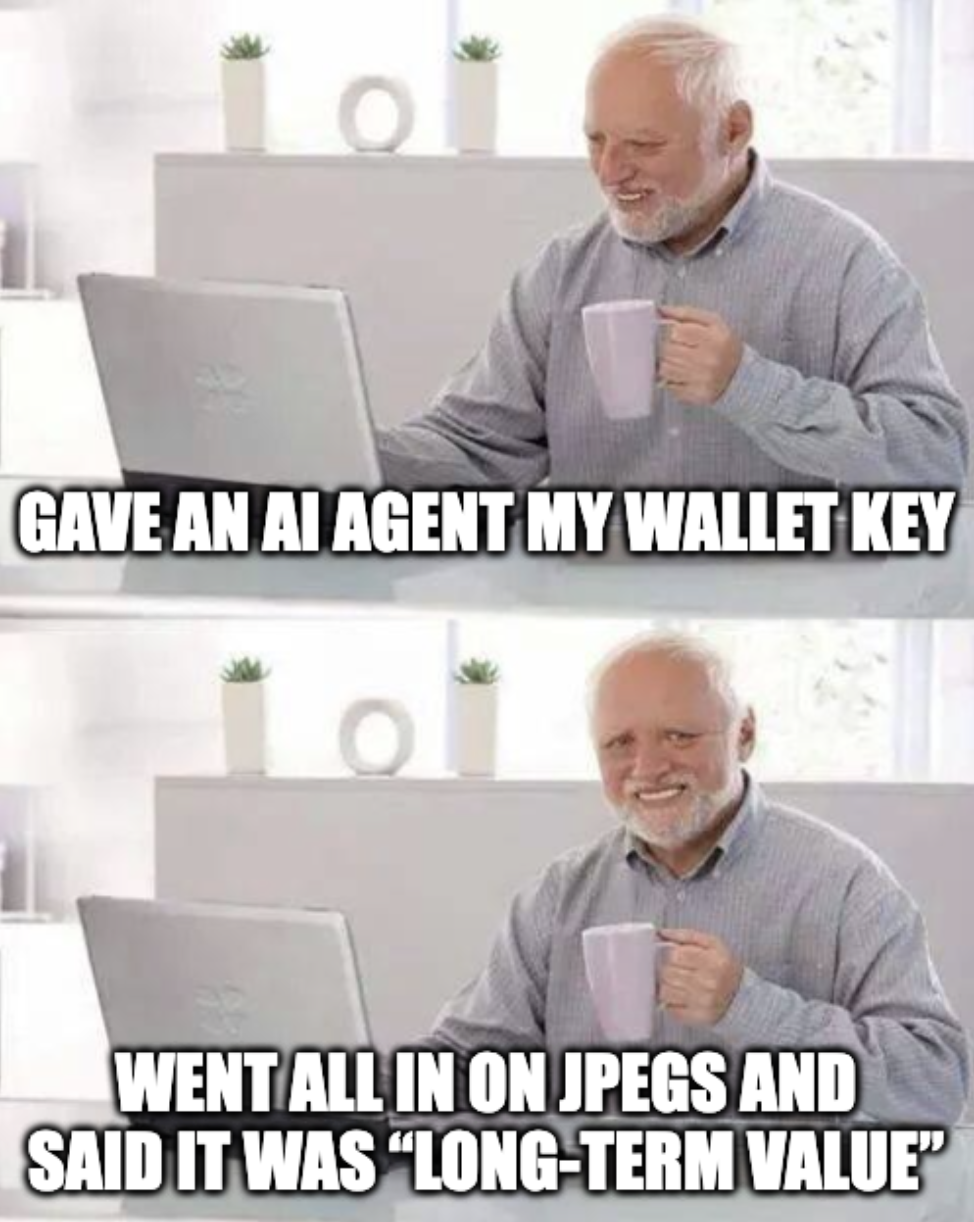
Solving the Original Problem
EigenLayer introduced a way to let new services use Ethereum's security instead of building their own from scratch - that's the core innovation. But as more services got built on EigenLayer, things got complicated. You had the staking protocol, EigenDA, various other AVSs, and it wasn't clear how they all fit together.
EigenCloud seems to be their answer to this complexity - trying to package everything into a unified developer experience.
There's still a lot to figure out, but it's an interesting direction and the foundation is promising: cloud-like programmability with crypto-native guarantees.
If you have any questions or comments, feel free to reach out.
See you on the next one. 👋




评论 (0)